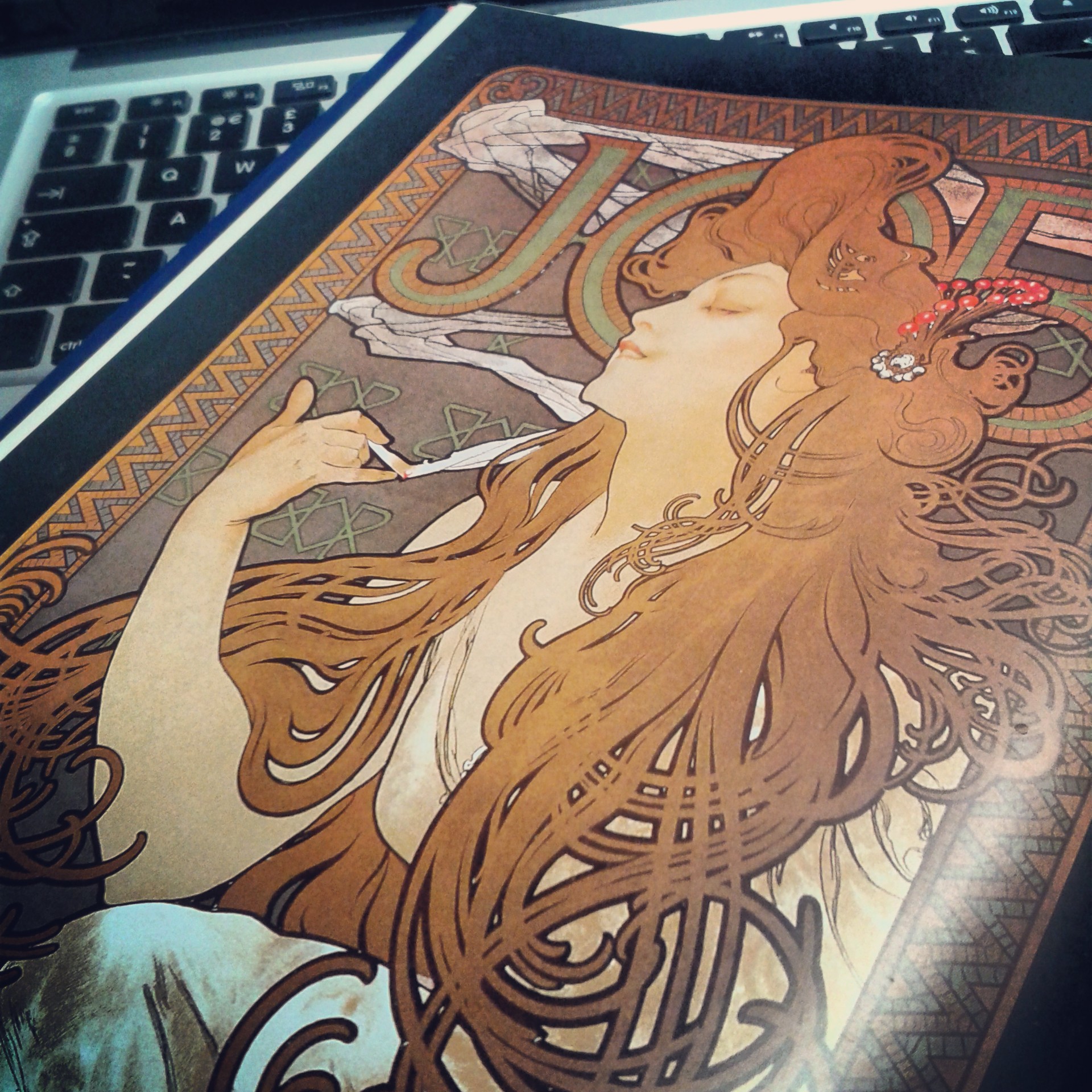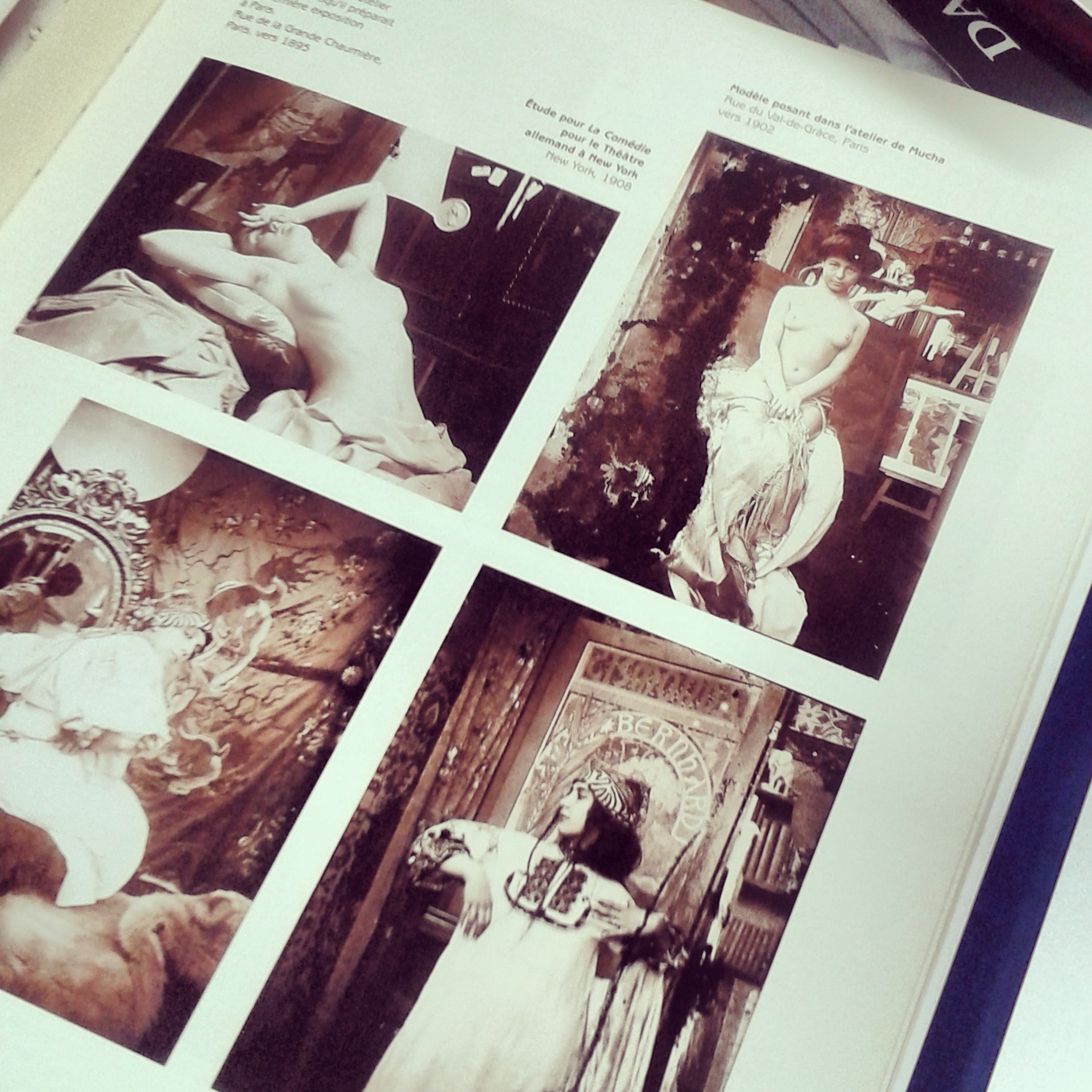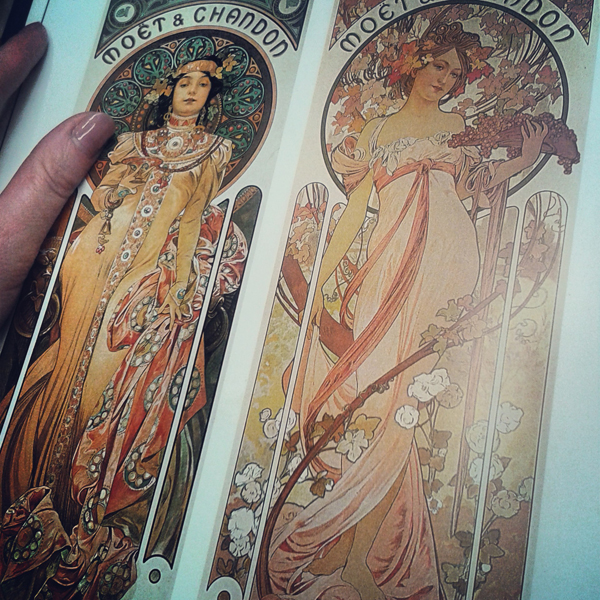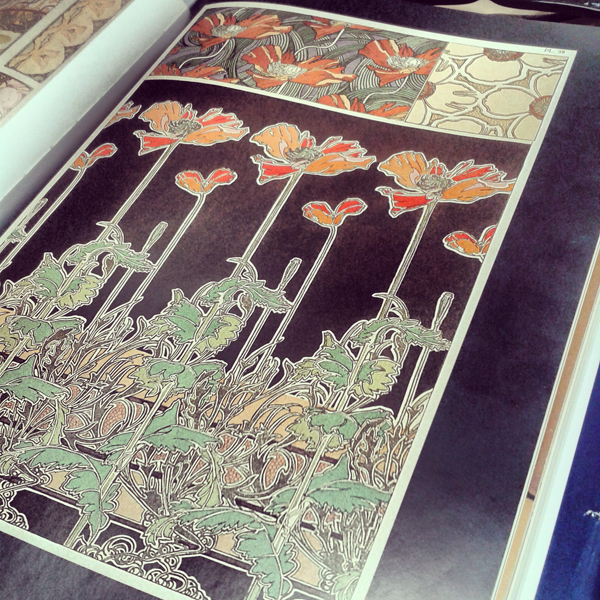Illustrator Lizzie Mary Cullen has been captivated by the work of Czech Art Nouveau artist Alphonse Mucha since childhood. Here, she shares his influence on her work and the appeal of THAT hair...

I first came across Alphonse Mucha's work at school. I was about seven and there was a book of his work in the library. Until that point I had never seen something that captivated me more – the flowing hair, the rich tapestry of cloth that clothed the models, and the explosion of nature with flowers and soaring trees behind them.
Seeing his work, I filled sketchbooks with scratchy pencil drawings trying to capture some of the magic, and of course, failed each time. There's something about the women in Mucha's work that is so elusive, and so beautiful. Mucha often used his family as models, and you can see this in their faces. Some of the women are older with lines on their faces, and no less sensual and real.

I forgot about Mucha for years, and it was only when I became an illustrator and artist myself that I revisited his work. I saw new things when I looked at the work years later. One of my favourite images in the world is the piece for Job cigarette papers. I would mistrust any person who looked at this image and did not feel moved in some way. Even if it's just a vague appreciation for the composition, the graceful hand, or the way that the cigarette smoke unfurls elegantly to the to the top of the page. The look on her face is so vivid, captured as if it were a photograph; lips parted, her back arched. She looks as though she's in ecstasy (cigarettes will do that). His works on panels were huge and epic, and so intricate and colourful you could gaze into them for long hours. And her hair – don’t get me started on her hair. All I can say, is when I look at this image I feel hopeless that I'll never achieve such artistic heights, and gratitude for being able to look at this image and feel inspired.
One of the things that keeps me coming back to Mucha's work is the fact that he tried so many things. He looked into pattern surface design, sculpture and photography. He was a beautiful, realistic painter, and created many portraits of his family and friends.
He also worked large scale, as do I – but I'm talking about a different league of work. His works on panels were huge and epic, and so intricate and colourful you could gaze into them for long hours. The most famous of these, the Slav Epic, charts the history of the Slavic people. It's on my bucket list to see it at the National Gallery in Prague, where it was donated to the city by the artist. I'm looking forward to travelling to Prague, finally getting there and standing under it. That will be a good day.


lizziemarycullen.com
Mucha's Slav Epic at the National Gallery in Prague

